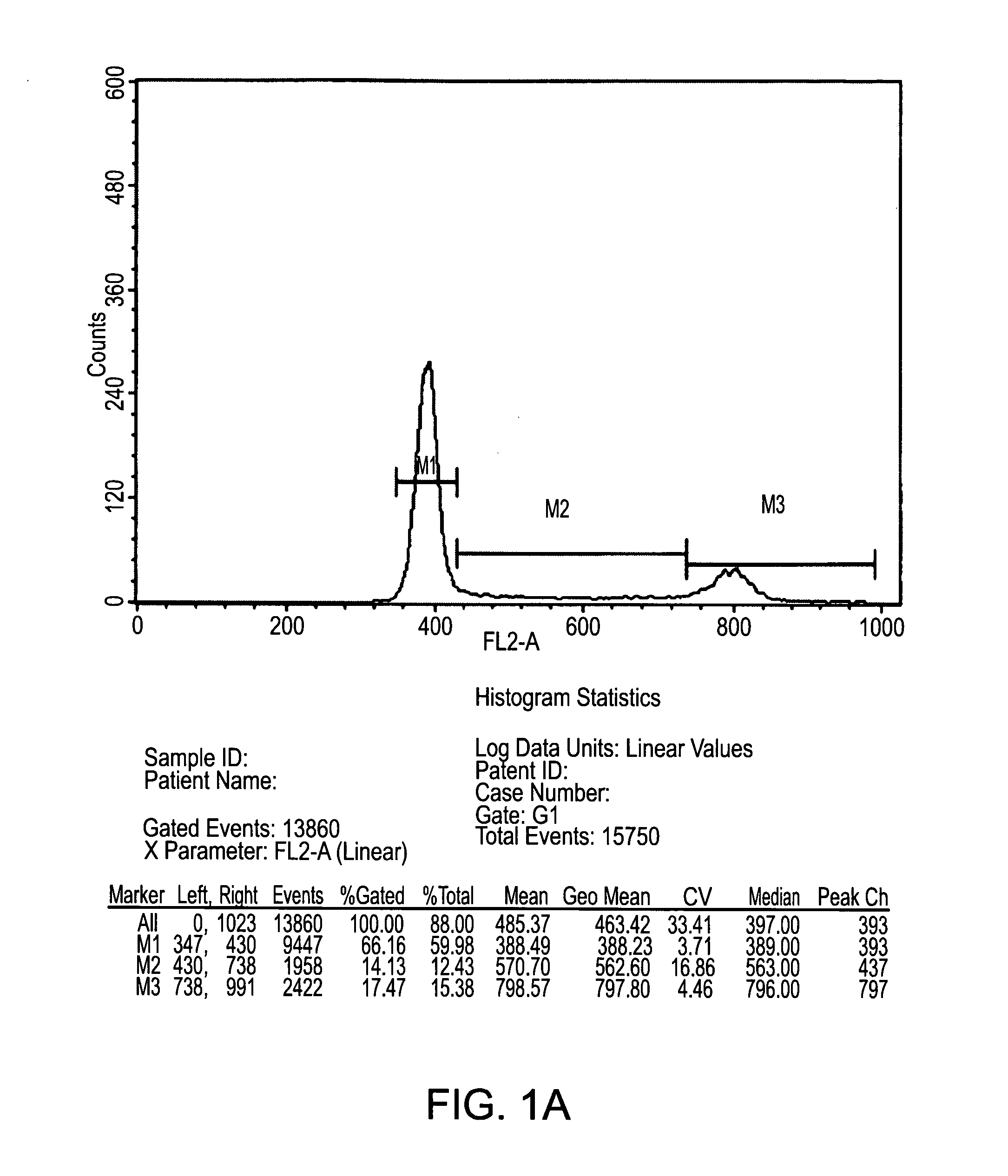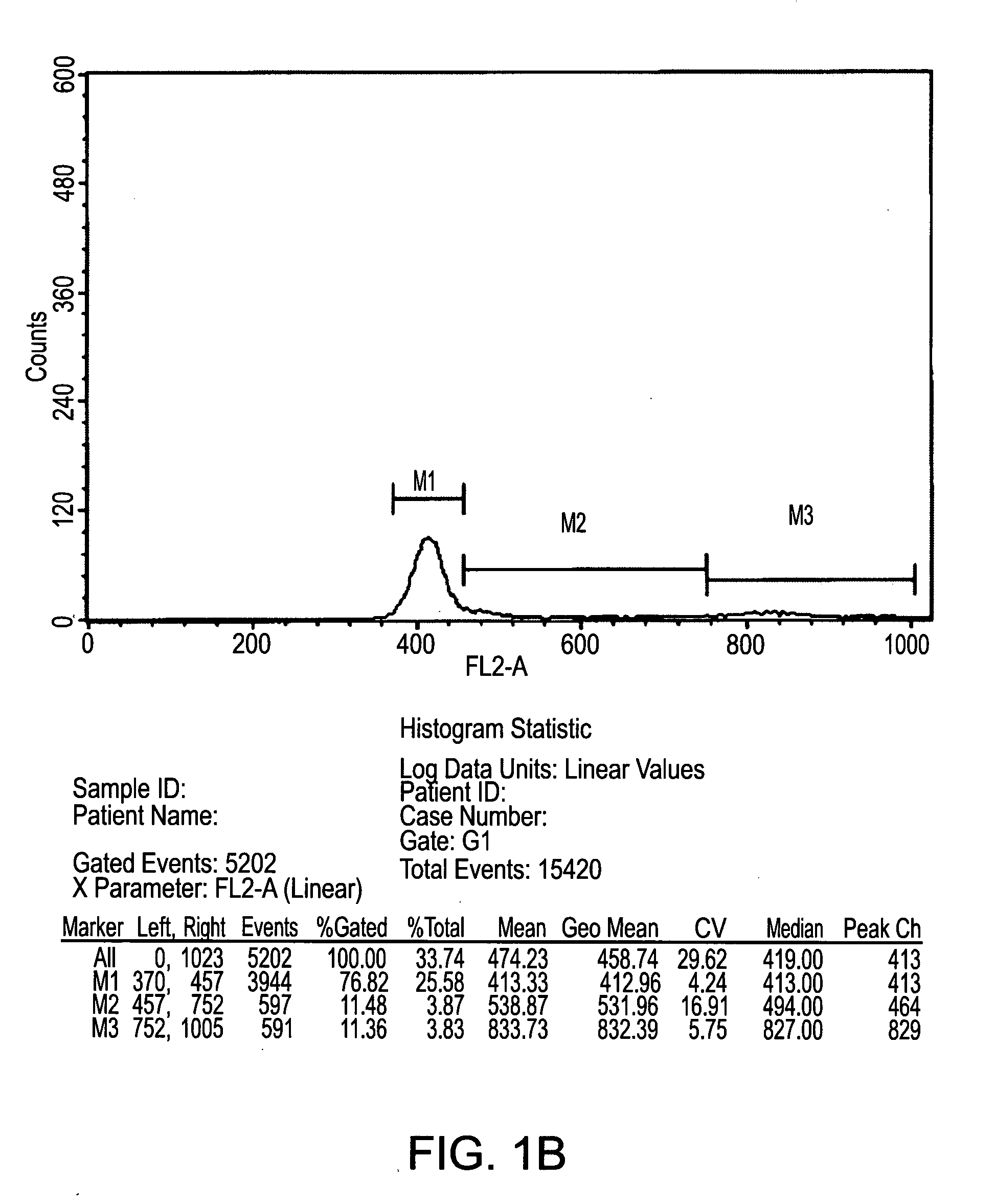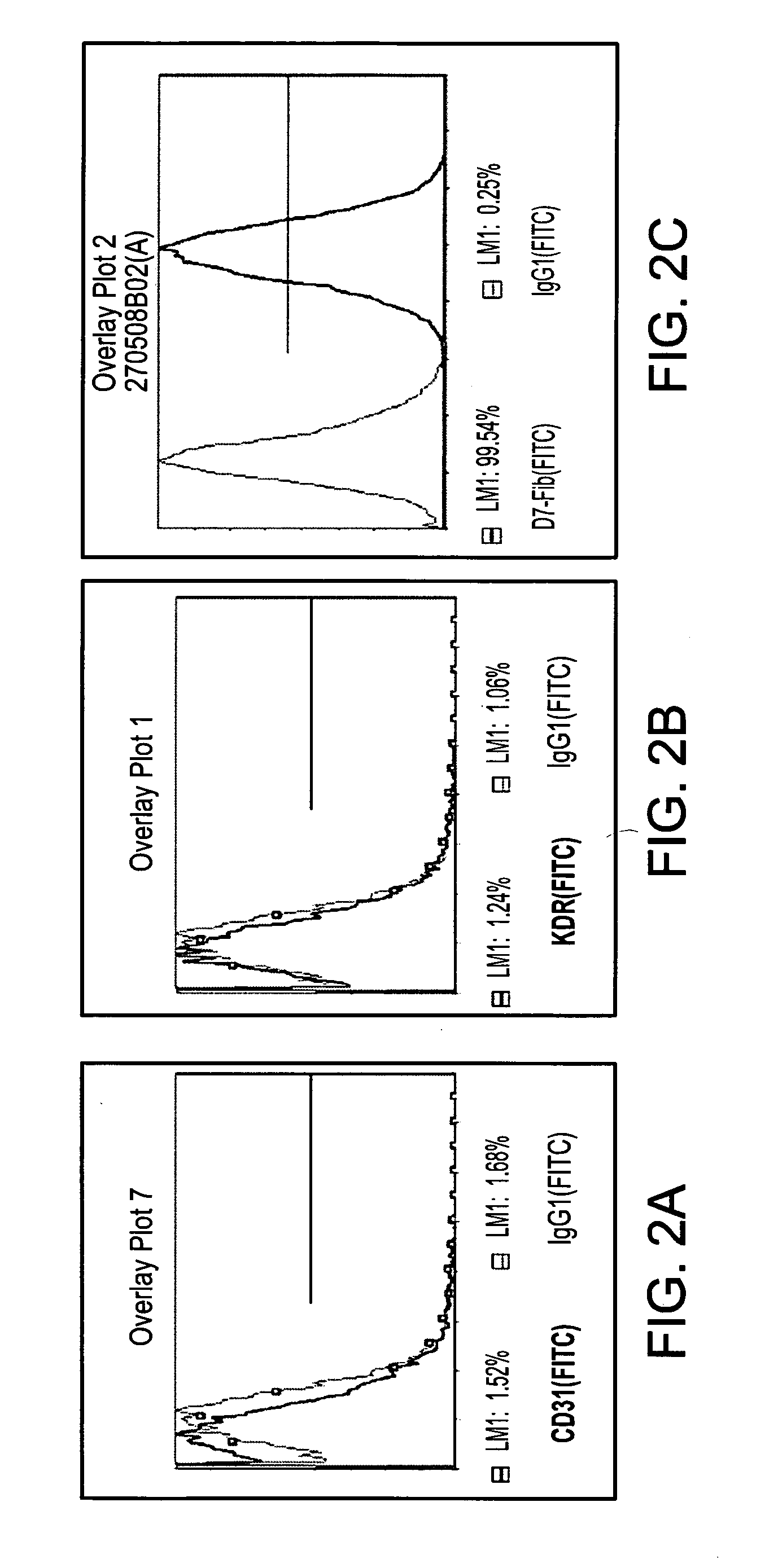Methods of selection of cells for transplantation
a technology of transplantation and cells, applied in the field of placenta tissue adherent cells, can solve the problems of amputation or death, ulceration or tissue loss, and serious medical complications, and achieve the effects of reducing the risk of cli, reducing the survival rate of patients, and improving the survival ra
- Summary
- Abstract
- Description
- Claims
- Application Information
AI Technical Summary
Benefits of technology
Problems solved by technology
Method used
Image
Examples
example 1
3D Adherent Cells Manufactured by Plurix Compared to 3D Adherent Cells Manufactured by Celligen
[0126]In order to provide large scale 3D adherent cells, two manufacturing systems were utilized referred to herein as Plurix (teachings of WO / 2007 / 108003) and Celligen (teachings of the present invention).
[0127]Materials and Experimental Methods
[0128]Production of 3D Adherent Cells (PLX) by PluriX™ Plug Flow Bioreactor
[0129]As described in WO / 2007 / 108003. In short, the process starts by collection of a placenta from a planned cesarean delivery at term. Inner parts of a full-term delivery placenta (Bnei Zion medical center, Haifa, Israel) were cut under aseptic conditions, washed 3 times with Hank's Buffer and incubated for 3 hours at 37° C. with 0.1% Collagenase (1 mg / ml tissue; Sigma-Aldrich, St. Lewis, Mo.). Using gentle pipetting, suspended cells were then washed with DMEM supplemented with 10% FCS, Pen-Strep-Nystatin mixture (100 U / ml:100 μg / ml:1.25 un / ml) and 2 mM L-glutamine, seeded...
example 2
Release Criteria of PLX-C for the Treatment of Peripheral Arterial Disease
[0184]Based on the above experimental data, criteria for selecting PLX-C batches of cells, which present a combination of characteristics that makes them most suitable for PAD treatment, were defined. These criteria are summarized in Table 3, below.
TABLE 3Criteria for selection of PLX-C cells for the treatment of PADTestMethodSpecificationMycoplasmaJP XIV and EP 2.6.7 (Agar-NegativeBroth Culture Method)SterilityUSP, and EP 2.6.1No growth(Immersion)EndotoxinLAL Gel-Clot Technique≦10 EU / mlViabilityTrypan Blue≧70%YieldTrypan Blue≧60%Identity / PurityFlow Cytometer≧90%positive markersImmune phenotype≦3%negative markersIn vitro potency assayPHATBDAppearanceVisual InspectionHomogenous,opaque(not cloudy),off-white toyellowishin color, withoutforeign particles
[0185]Analytical Procedures
[0186]Appearance: The cell suspension, placed in a 50 ml clear tube is visualized holding the tube against a white background in bright...
example 3
Release Criteria of Subjects for the Treatment of Peripheral Arterial Disease by PLX-C Cells
[0204]Patients with peripheral arterial disease (PAD) are treated with allogeneic placental PLX-C cells of the present teachings to determine if injections of PLX-C can be used safely and efficaciously to treat critical limb ischemia.
[0205]Two phase I studies are scheduled. These open-label, dose-escalation studies will be performed in parallel in the EU and US. The studies design is similar; however not identical, the follow up period and dose escalation vary. The clinical follow up period for both studies will last three months following treatment, however, in Germany the subjects will be further monitored for tumorigenesis up to 24 months in comparison to 12 months follow-up in the US for delayed adverse events. Furthermore, the intramuscular administration of PLX-C to the affected leg in the US, will be injected in one session for the low dose, and in two sessions (recurrent two administr...
PUM
 Login to View More
Login to View More Abstract
Description
Claims
Application Information
 Login to View More
Login to View More - R&D
- Intellectual Property
- Life Sciences
- Materials
- Tech Scout
- Unparalleled Data Quality
- Higher Quality Content
- 60% Fewer Hallucinations
Browse by: Latest US Patents, China's latest patents, Technical Efficacy Thesaurus, Application Domain, Technology Topic, Popular Technical Reports.
© 2025 PatSnap. All rights reserved.Legal|Privacy policy|Modern Slavery Act Transparency Statement|Sitemap|About US| Contact US: help@patsnap.com



